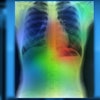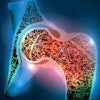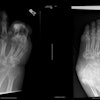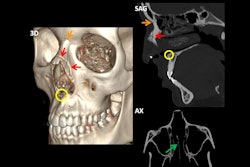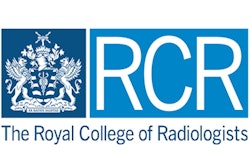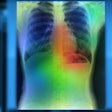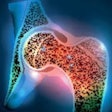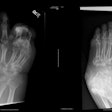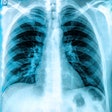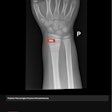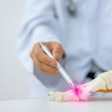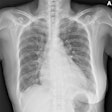Orthopedic trauma surgeons and radiologists show strong agreement in assessing radiographs for extremity fractures, findings from a new Dutch study show. This could pave the way to freeing up time for radiologists on these cases.
In an article posted on 2 May in the Journal of Clinical Orthopaedics and Trauma, a team led by Dr. Mare Walraven from the Department of Trauma Surgery of Leiden University Medical Center sought to determine if radiographic assessment of extremity fractures by orthopedic trauma surgeons at the time of treatment was sufficient, and if clinically relevant complications and incidental findings might be missed by the treating surgeons.
Radiology reports are generally not available when patients are being seen by the treating orthopedic surgeon, who formulates and implements the treatment plan, the authors explained. Therefore, it is vital to determine if the surgeon's assessment of the initial radiographs of the injury is accurate and comprehensive, as well as to determine if any additional or incidental findings from the subsequent radiography report are clinically relevant.
Study logistics
Walraven and colleagues performed their comparison of radiograph assessments for multiple fracture types through a retrospective cohort study that included follow-up radiographs of all adult (18 years and older) patients with an extremity fracture who were treated between January 2022 and July 2023. For the study, clavicular fractures were considered to be extremity fractures. Hand and foot fractures were excluded, as follow-up radiography is not typically performed for these types of fractures.
All follow-up radiographs for a patient were used in the analysis. Follow-ups were defined as being radiographs taken to assess healing of the fracture; all intraoperative radiographs, those made within 72 hours of the emergency department visit for classification of the fracture, and those ordered by general practitioners were excluded.
In total, 953 follow-up radiographs for 569 patients were used in the study. The number of follow-up radiographs per patient ranged between one and seven (mean 1.8). Of the follow-up radiographs, 644 were of fractures treated with immobilization (67.6 %) and 309 were of fractures after operative treatment (32.4%).
The most commonly depicted fractures in the radiographs were those of the radius/ulna (39.2%).
Key discussion points
Analysis showed interobserver agreement between orthopedic trauma surgeons and radiologists was almost perfect for normal fracture healing, and that radiologists did not report more cases of abnormal healing than the treating surgeons.
The radiologists did report incidental findings more frequently; however, these incidental findings, whether missed or not documented during the initial emergency room visit, did not result in additional visits, admissions, or any complications noted in the patients’ records, the authors wrote, nor were there any changes in treatment plans due to these findings after the radiology reports were made available. A board-certified orthopedic trauma surgeon evaluated these incidental findings following the analysis and determined them to have no clinical significance.
“Based on our results, the radiology report in the [follow-up] of extremity fractures might be superfluous,” they pointed out.
These results could have important implications for clinical practice, the researchers said. With excellent interobserver agreement demonstrating that orthopedic trauma surgeons are assessing radiographs correctly for extremity fractures -- which constitute a heavy volume of fractures presenting in the emergency room -- they suggest that omitting radiology reports could lead to reductions in healthcare costs, as well as a reduction in the burgeoning workload for radiology departments.
Nevertheless, they caution, while none of the incidental findings in their retrospective study that were missed in the initial assessment affected patient outcomes, consultation with radiologists is essential in the event of any question or doubt.
The authors also noted the potential medicolegal issues of omitting follow-up radiology reports. Such imaging reports, they said, serve as important legal evidence should complications arise, and while follow-up radiographs and the emergency room report could be assessed retroactively by a radiologist, that, too, could raise legal questions. Therefore, hospitals must establish clear protocols in this, should they choose to omit follow-up radiology.
“If radiology reports during the follow-up of trauma patients would be omitted and instead performed only when indicated by the orthopedic trauma surgeon, it is essential for the hospital to establish clear policies for the handling of [incidental findings] and documentation of radiographs by orthopedic trauma surgeons,” the authors stated.
Walraven and colleagues said that their study's limitations include its retrospective and single-center nature; they suggest that a future study should involve a larger, prospective multicenter trial that includes both academic and nonacademic hospitals.
Read the study here.
